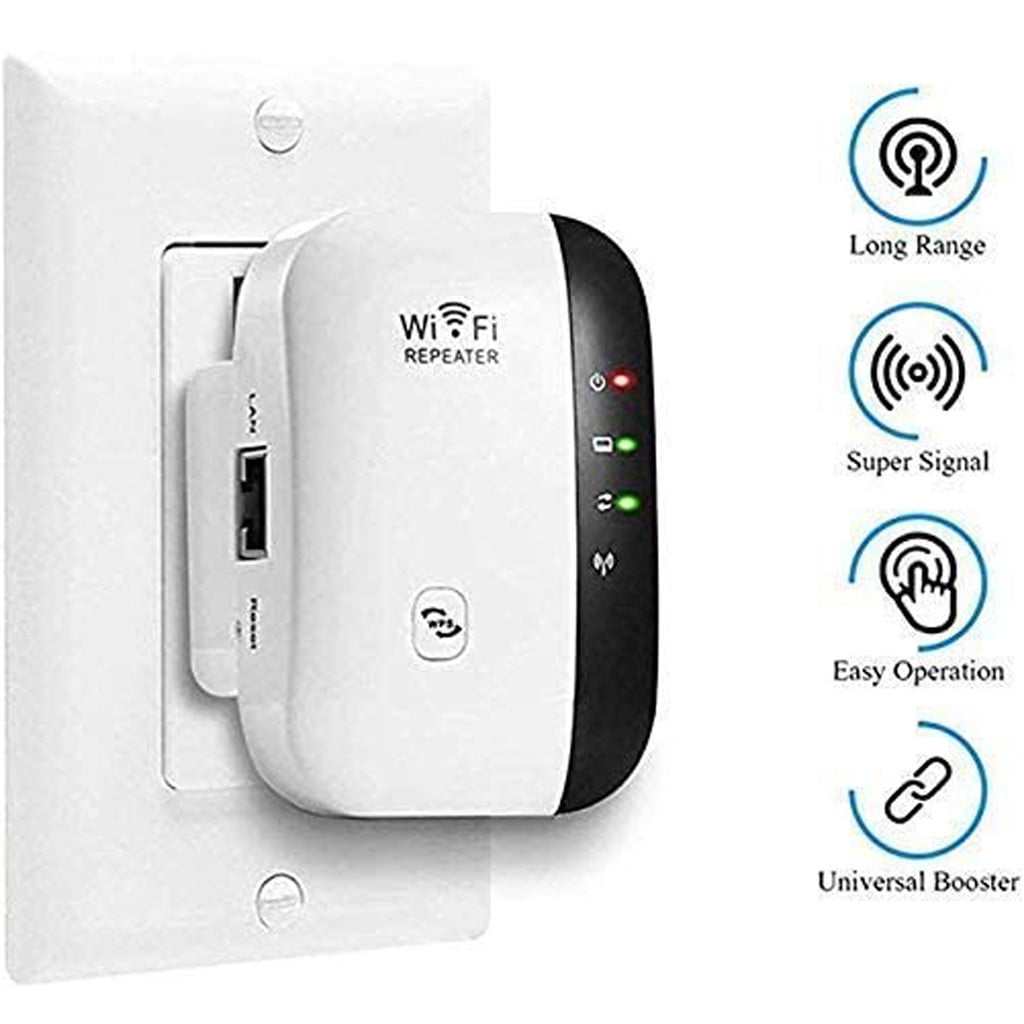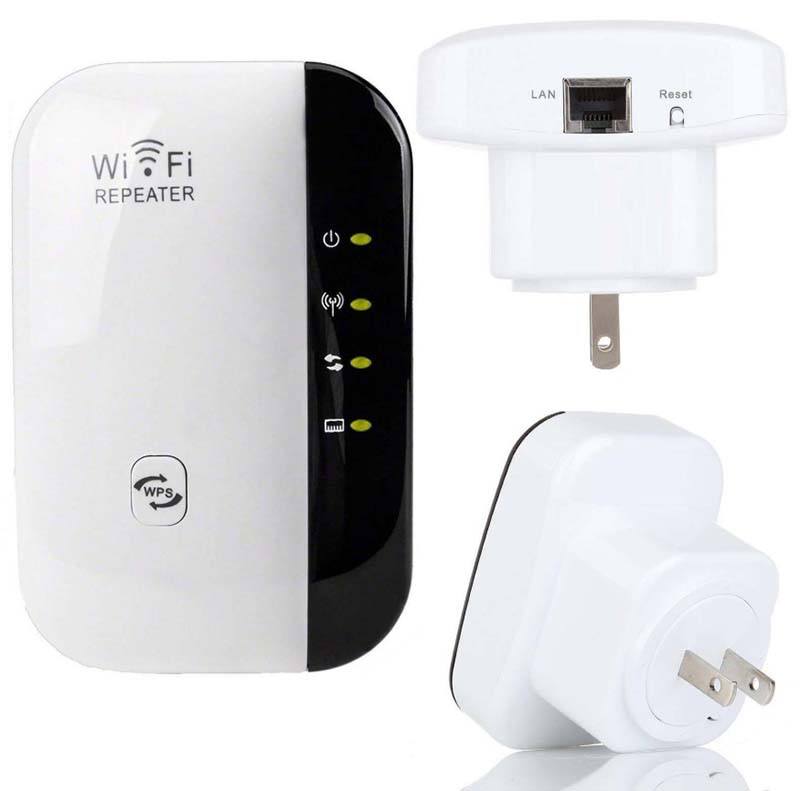

Pros & Cons of Cell Phone Signal as a Main Source for InternetĬell phone signals are radio waves (AM/FM kind) that cover great distances and deliver fast data but are easily disrupted by almost everything under the sun.Ī cell signal starts out strong from the cell tower. What's the price you'll pay in the long run with frustrations, loss of business, patience, and dealing with emergencies? A cell phone wifi booster is FCC- certified equipment that boosts your bars, giving you better coverage and reception.Ĭut the cord with cable, save on monthly fees, get faster internet, and ensure constant cell phone signal.

What's the feeling when you have no internet? No signal.

In the long run, a cell phone wifi booster is all about convenience. "But why should I pay extra for something I should already be getting?" It takes whatever signal you're getting right now to your cell phone and amplifies it multiple times (up to 32X) and then rebroadcasts the signal to an area in need inside your home or car. That's why getting a cell phone signal booster is a good investment. Because when streaming YouTube videos, text messaging, or posting the latest Instagram pic, you'll need fast internet and one bar 3G or 4G might not be enough. However, depends on getting quality signal to your phone. And with 5G coming in the near future, the old days of desktops, cables, and stationary routers will be a thing of the past. We need to be connected everywhere at any time. After all, our digital lives are mobile now. With unlimited 3G & 4G plans and speeds beginning to rival that of landline internet, it just may be time to cut the cord. Cell phone carriers such as Verizon, AT&T, Sprint, and T-Mobile are always looking to stay competitive and speeding up mobile internet is the way to go. However, with the increasing improvements of cell phone signal technology, using 3G & 4G LTE as a dedicated source of wi-fi as gain popularity as many find ways to ditch the old landlines and go truly wireless. In the beginning, using Internet service providers (ISP) like Time Warner Cable, Uverse, Fios and Comcast meant you were tethered to a router and landline internet. WiFi to you cell phone has changed over the years.


 0 kommentar(er)
0 kommentar(er)
